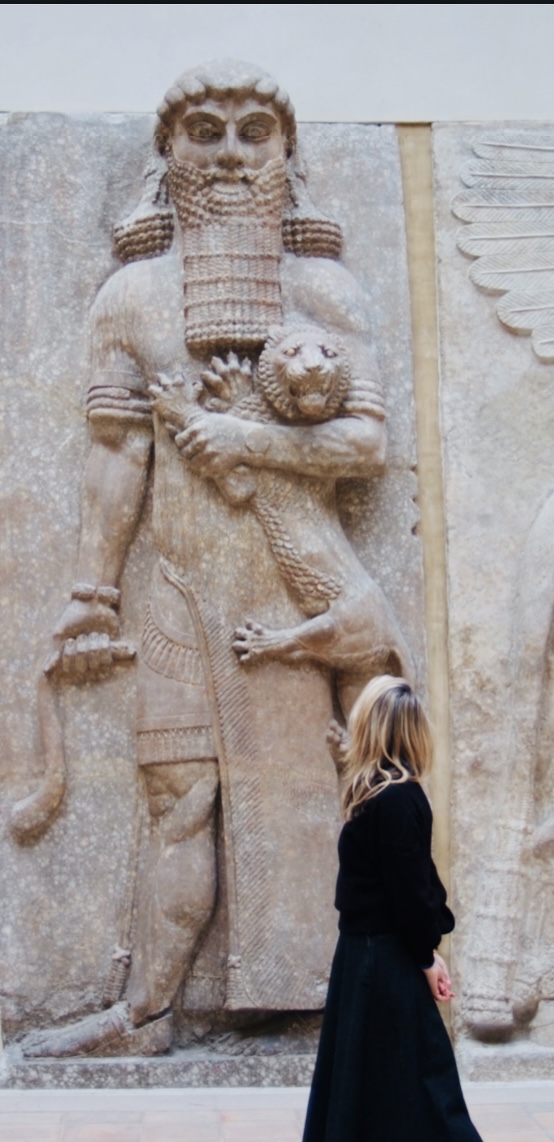Let's decolonise the arts!

How can a museum decolonise, confront its own historic omissions and build a bridge to the future at the same time? It seems mission impossible. But it is a necessary mission for every museum that wants to keep its right of existence in the 21st century. Museums are the living evidence of the past of European colonial powers. They collected in the course of the centuries millions of stolen objects. Moreover, the richness of Western countries produced by slavery and colonisation made it also possible to buy art that is now exposed in our museums. “To decolonise means to learn to see again” says Francoise Vergès, political scientist, historian and feminist in Let’s decolonise the arts (2020). “To de-naturalise the world where we evolve, created by human beings and by economic and political regimes. It means to learn to place all the pieces into the puzzle and to study relationships, circulation and intermingling.”[1] Vergès describes the long and difficult process for the whole art scene to undo ‘the white mask’; for musicians, curators, artists and researchers to invest in the process of decolonising language, images and other art objects. For museums, universities and cultural organisations to rethink their structures, staff, human resources and curriculum. To learn to see again and to realise that not everything begins with Europe and revolves around Europe. She also puts a critical note informing us that the process of reconsidering history has not ceased. That we should not be satisfied yet and that we should be aware that decolonisation is a historical process, a multiple and complex process which cannot follow only one path. The difficulty lies in the fact that this process multi-territorial, it tries to answer a multitude of -sometimes conflicting-memories. Vergès confronts me with my own place as art historian. For a long time, I did not dare to write about decolonisation of the arts, as I felt troubled by the Dutch colonial past. Troubled being a white academic, troubled being an ancestor of Dutch colonists. I did not feel at ease in taking a strong position in this process as I felt I did not know enough about the Dutch colonisation history and the decolonisation process. In history classes in the eighties, I was very little exposed to a critical view as most of the focus was on the heroic discoveries VOC[2] and the Dutch Golden Age.
Priyanka Basu, Assistant Professor of Art History at the University of Minnesota, in Decolonizing Art History(2020) helps me to further reflect. “Decolonization must respond in some way to histories and contemporary realities of Indigenous dispossession. It requires creating spaces to learn from and it must allow the subjects of colonization/decolonization and others historically underrepresented to ‘appear’”[3].
For a museum it is a Herculean but urgent task to decolonise. It needs strategic plans and diversification of its staff and Board Members. Community engagement is key and a continuous check in with diverse minorities very necessary. But diversity is not the same as decolonisation. There is a need to change the public discourse, to challenge white supremacy, to de-centre the Eurocentric view and to value counter narratives.
As I am part of this creative sector, I also realise that I have a role to play as art historian, as artist and as activist! Now, it is time to learn, to unlearn and to act.
[1] Françoise Vergès, “Let’s decolonise the arts! A long, difficult, and passionate struggle”, Artalk Revue 4 (2020): 1.
[2] Dutch United East India Company.
[3] Interview with Priyanka Basu- Dorothy Price and Catherine Grant, “Decolonizing Art History,” Art History February (2020), 15.